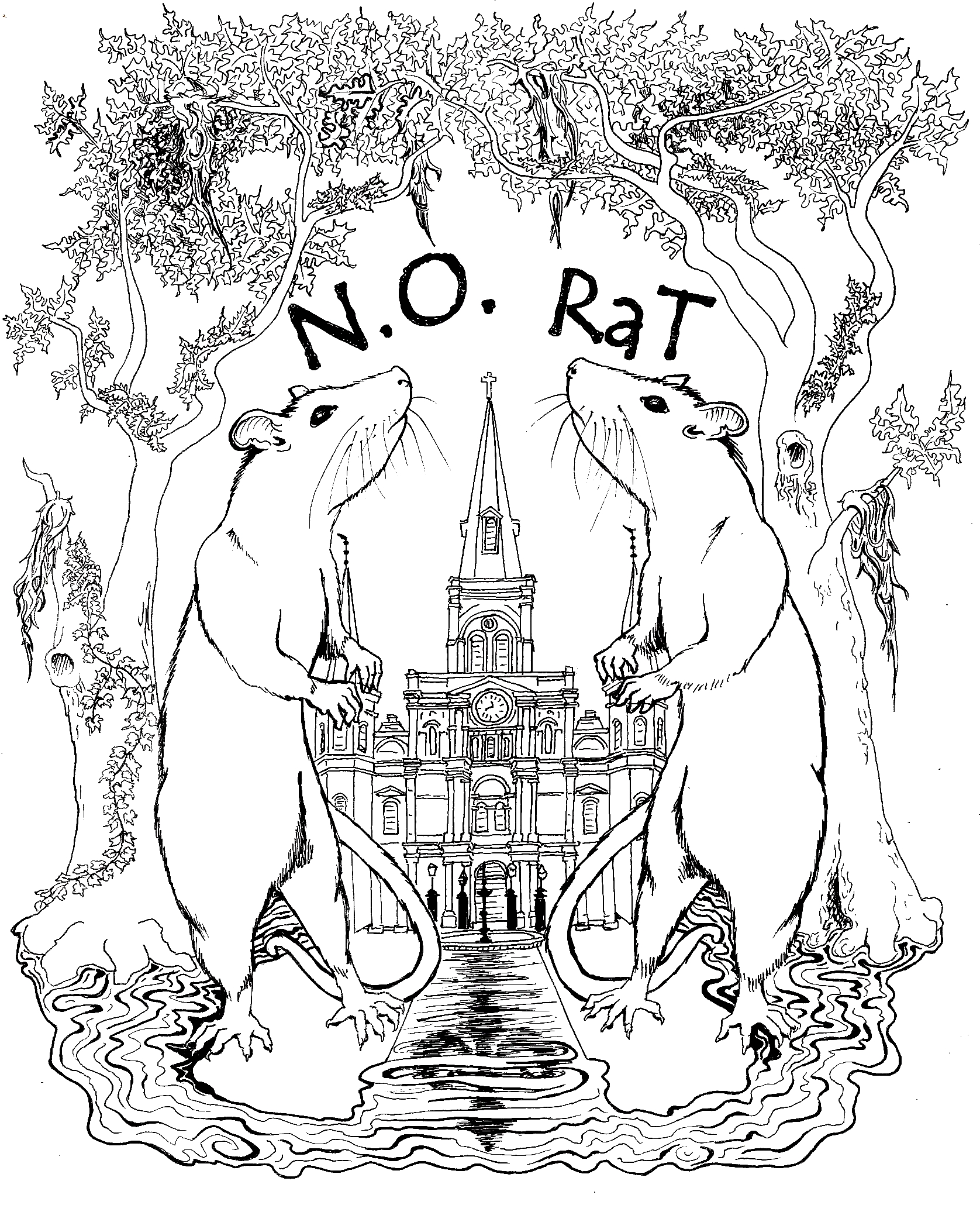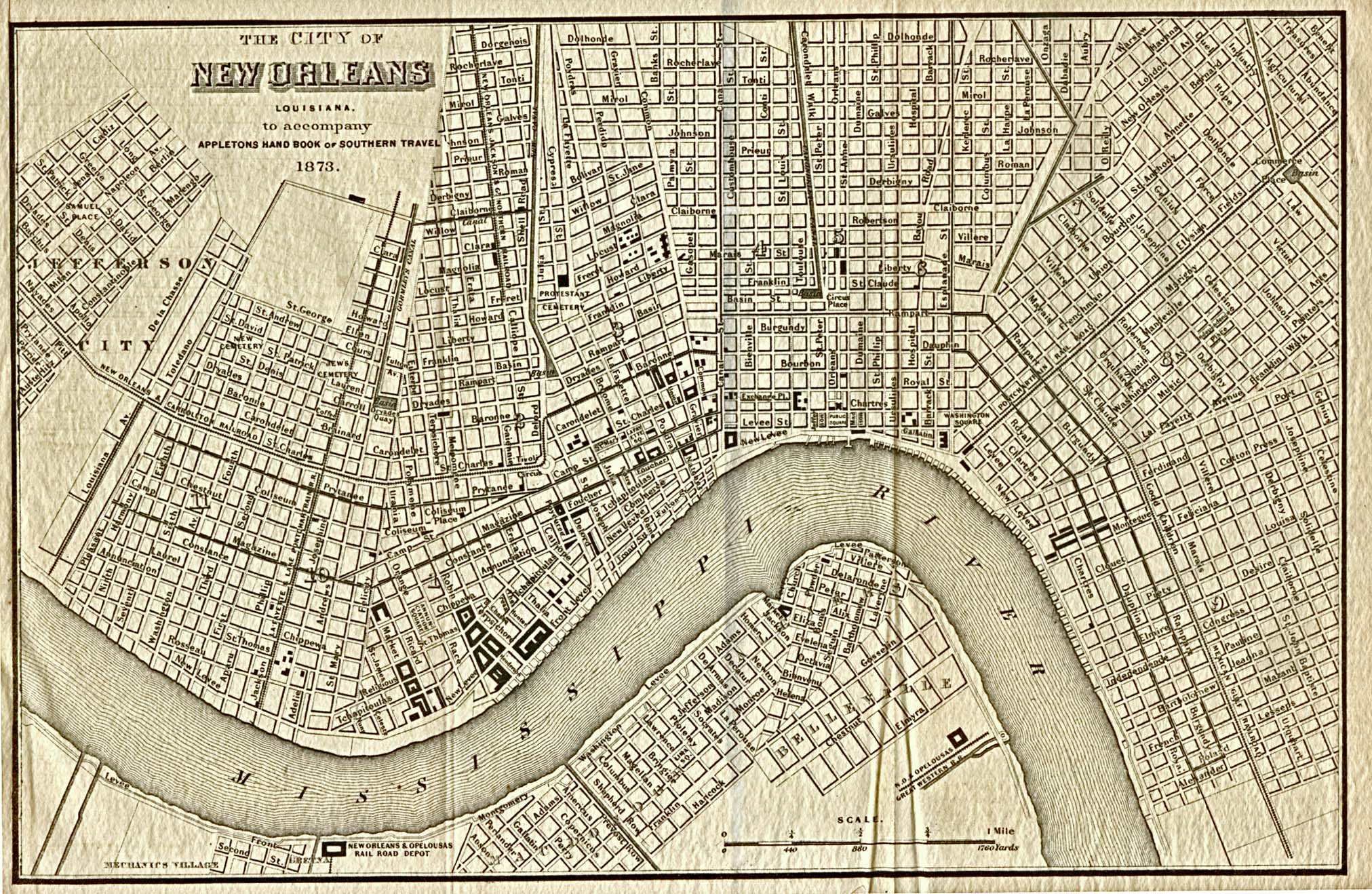The Project
Urbanization is placing the global population at risk of
experiencing a major trauma. Since 1960, there has been a
four-fold increase in the frequency of traumatic events
affecting at least one million people (Kasperson et al. 2005).
This trend largely reflects growing populations and increasing
concentrations of property in coastal cities (e.g., New Orleans,
New York, Shanghai) that are more susceptible to weather-related
events (Cutter and Emrich 2005).
Today more people are living in urban centers than anywhere else
on Earth. Considering the potential vulnerability of many urban
centers to trauma, it has become increasingly important
understand how these systems respond to catastrophe. However,
human systems and natural systems cannot be studied in
isolation. Rather multi-disciplinary approaches are needed to
understand the complex relationships and feedbacks between
social diversity and ecological diversity that occur in response
to trauma.
By creating a multi-disciplinary team of ecologists,
geographers, and sociologists, we aim to elucidate the
relationships between ecological diversity and social diversity
in response to traumatic events. We are using a variety of
methods, from human surveys to vegetation surveys and population
genetic techniques to clarify the feedbacks and relationships
between human and natural systems.
Forest, Plant Diversity and Land Use
We will estimate landscape-level and fine-scale plant diversity in New Orleans by inventorying vegetation and microhabitat conditions, building from an existing network of 300 study plots (300-400 m2) that were established and surveyed in 2010 through a partnership between Tulane and the US Forest Service. The study plots are randomly distributed across the urban core of the city at a density of one per km2 and are located on both public and private space.
Quantitative modeling
Building on a recently completed NSF-funded study of post-trauma New Orleans (the New Orleans ULTRA-X study), we will estimate rates and trajectories of post-trauma socioeconomic and landscape change during the study period. The New Orleans ULTRA-X work focused on reconstructing socioeconomic characteristics and landscape heterogeneity of the cityscape before (2000-2001) and after (2008- 2010) Hurricane Katrina.
We also will develop new metrics of post-Katrina socioeconomic and landscape change. Socioeconomic data for the study period will be obtained from city, regional, state and federal entities for all available years. Landscape data will be obtained from classification of high-resolution (e.g., Ikonos) satellite imagery obtained for each year of the study period.
Rodents and rodent-borne pathogens
We will characterize the distribution, abundance, and life-history traits of rat populations through a field-based approach. Exhaustive removal trapping will be conducted at 70 study plots drawn from the city-wide network of 300 plots described above.
Genetic methods will be used to evaluate rat population
structure, dispersal, and effective
population size. This will enable us to infer population
responses to flooding and enable us to parameterize a
metapopulation model of post-Katrina landscape occupancy and
movement.
Socioecology of risk and risk perception
We will assess whether perceptions of flood risk and disease risk vary according to individual and neighborhood-level ecological characteristics and social-ecological conditions by implementing multi-scale surveys and interviews that will query households on their experiences with past storms and flooding, as well as expectations and concerns regarding threats to safety, security, and well-being. The surveys and interviews also will provide individual-level data on demographics and social status (e.g., age, gender, education level, economic status) to complement block-level GIS data (as described above). The proposed surveys and interviews will be conducted each year of the project to assess shifts in risk perceptions over time.
We will implement a city-wide survey of households corresponding to the landscape-level network of 300 plots where vegetation surveys and rodent trapping will be completed (as described above). A large proportion (~60-75%) of the study plots are located within residential lots, which affords opportunities to link ecological and block-level socio-demographic data with individual survey responses. We will conduct in-person interviews concurrently with either vegetation surveys or rodent-trapping.

